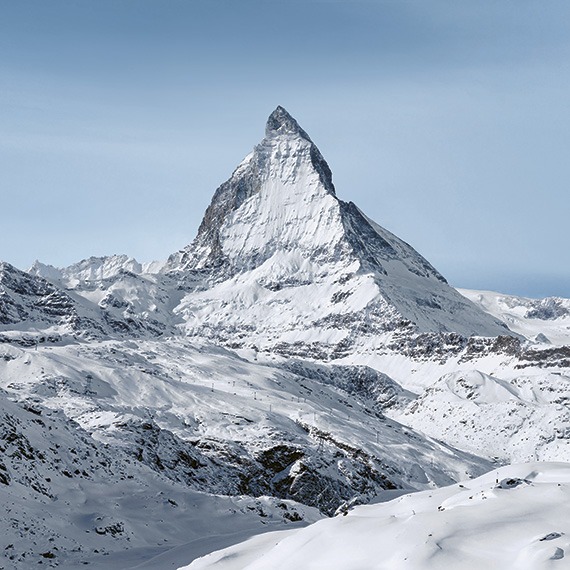
Bol d’Or Mirabaud
A sailing laboratory
Launched in 1939 with 26 participants, today the Bol d’Or Mirabaud has become the world’s largest inland regatta, with over 400 competitors, including some of the best sailors on the planet. Over the past 85 years, the race has also become an established testing ground for new technological innovations.
A fierce competition for some, the Bol d’Or Mirabaud is also (and mostly) a celebration for the hundreds of teams that compete each year in mid-June. Some yachts are famous for their elegance, with their varnished wood and polished brass; others are remarkable for their achievements and their high technicality. Organised by the Société Nautique de Genève since 1939, the Bol d’Or Mirabaud owes much of its growth and success to key local families, who have long rivalled one another in ingenuity and technology to secure the race win. In fact, one such businessman and philanthropist, Ernesto Bertarelli, grew up on the waters of Lake Geneva and was a driving force behind the Swiss sailing revolution. He wisely invested in the Swiss team Alinghi in the 1990s – and surely has no regrets about his investment, as the team went on to cinch a double win in the America’s Cup in 2003 and in 2007 – propelling Switzerland to the top of the world’s sailing list. From the start, economic elites from Geneva and the canton of Vaud were passionate about sailing, which contributed to the emergence of local talent like Louis Noverraz, helmsman for the Firmenich family, who rose to fame as one of the first premiere sailors in the history of Lake Geneva. A well-financed naval architecture scene also developed, spearheaded by people like Henri Copponex.
A race in the global spotlight
The Bol d’Or Mirabaud began uniting sailors who were destined to shine in the international yacht racing scene. The event also led to a host of new boat projects that started to take shape in the 1970s, led by well-known local (and often self-taught) naval architects, whose primary objective was to win the big race. Fast forward a few years and sponsoring comes into play. Sailboats and sailing clubs start displaying their sponsors’ branding as increasingly ambitious boat builds begin to pick up steam. It’s now much more than a game to be played amongst the local wealthy families. The sport becomes more popular and accessible, introducing an increasing number of young people to sailing and racing in the Lake Geneva region. The shores of Lake Geneva become a research and development hub, leading to innovative
yachts, new techniques, and state-of-the-art materials. A host of construction innovations are developed and refined with speed, reliability, and passion like nowhere else in the world, including carbon fibre, hydrofoil sailboats, canting keels, rigid sails, and wing masts. Multihull vessels begin taking over in the early 1980s, in part thanks to the Bol d’Or Mirabaud’s appeal as a testing ground for innovations that would later make their way to the oceans. This led to the race becoming internationally known, drawing in the likes of Éric Tabarly, Dennis Conner, Russell Coutts, Ellen MacArthur, Loïck Peyron, Michel Desjoyeaux and many other world-renowned personalities.
Innovation thrives again
In 2024, the organisers of the Bol d’Or Mirabaud once again established themselves as global front-runners with two new race challenges: the Bol de Basalte (for the best placed “archimédien” multihull) and the Bol de Carbone (for the best placed foiler). These new awards are meant to maintain the appeal of the pre-existing yacht classes, while also encouraging the development of state-of-the-art boats. Because the key to it all is preserving the passion and enthusiasm that propelled the Bol d’Or Mirabaud into international stardom while ensuring it also continues to be a powerful contributor to the region’s local economy. The event has become a gathering place for entrepreneurs and residents alike, and a hub for highly technical innovation, celebrated in all its glory on the sparkling waters of Lake Geneva.




















